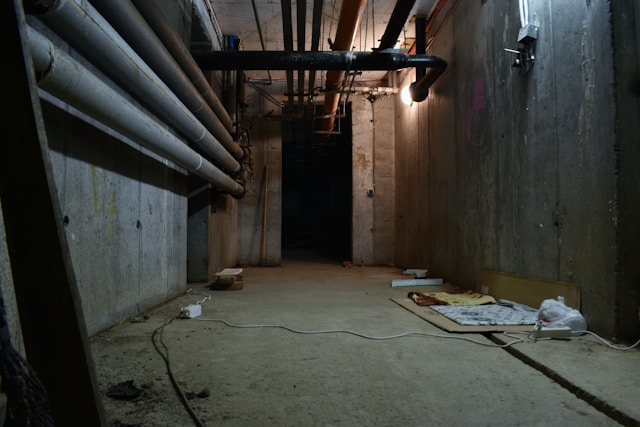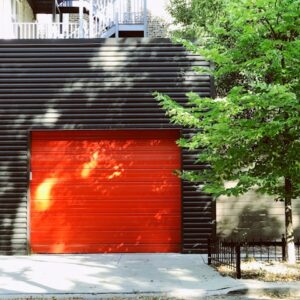Understanding Basement Water Issues
Water seepage in homes, particularly basements, can be caused by heavy rain, melting snow, and rising groundwater levels. Low-lying areas and near water bodies are particularly susceptible. Signs like water stains, efflorescence, or peeling paint indicate severe underlying issues. Beyond the noticeable damages, the invisible threat of mold looms can pose health risks and reduce your home’s air quality. The basement waterproofing Strongsville is not a unique issue but rather a protective measure for any homeowner wanting to safeguard the lower levels of their property against these intrusive problems that, if left unaddressed, can significantly devalue a property and lead to costly repairs.
Foundation and Structural Considerations
The foundation forms the bedrock of a home’s structural integrity. Ensuring it is free from cracks, holes, or other damages is essential in preventing water from entering your basement. Seasonal inspections can assist in catching issues early on, which is crucial because even the most minor leaks can develop into sizeable problems. Outside, the slopes and grades of your land should guide water away from your home – this is where landscaping can play an essential role. It’s not only aesthetic features but functional considerations that channel water effectively, preventing it from pooling against your foundation walls, which could then lead to infiltration.
Interior Waterproofing Tactics
On the inside, a waterproofing strategy must be equally robust. Sealants can be applied to walls and floors to remove minor moisture, but combining these with other methods can provide a comprehensive solution. For example, installing an interior weeping tile system helps to manage water that might enter through cracks. Ultimately, though, a sump pump system becomes critical, actively removing water accumulating in the basement and redirecting it away from the property. While the unsung hero of basement waterproofing, this equipment can differentiate between a dry basement and one susceptible to repeated water intrusion incidents.
Exterior Waterproofing Strategies
A well-executed exterior waterproofing strategy is crucial for homeowners to reduce water seepage. Poor grading or inadequate drainage can contribute to water seepage. Measures like French drains and gravel-filled trenches can reduce damage. Waterproofing membranes or coatings can also be a barrier against moisture, especially with proper gutter maintenance. A holistic water management system is essential for residential properties, directing roof run-off away from the foundation.
Dealing with High-Risk Seasons
Basement waterproofing faces unique challenges each season, such as spring’s thaw causing snow to flood and rainy seasons overwhelming systems. Homeowners should be vigilant during these periods, ensuring sump pumps are operational and basements are adequately protected. Clearing gutters, inspecting for leaks, and extending downspouts away from the home are also essential to manage the impending water load.
Responding to a Waterproofing Crisis
Discovering water in your basement demands immediate action. Stopping water flow and removing accumulated moisture is the first step to protect your property from further damage. Once the immediate threat is addressed, identifying the source and reason for the intrusion is essential to prevent recurrence. This process often requires comprehensive inspection and sometimes professional services to properly diagnose and rectify the underlying issues. Acting quickly can significantly reduce the restoration costs and help maintain your home’s structural integrity and value.




